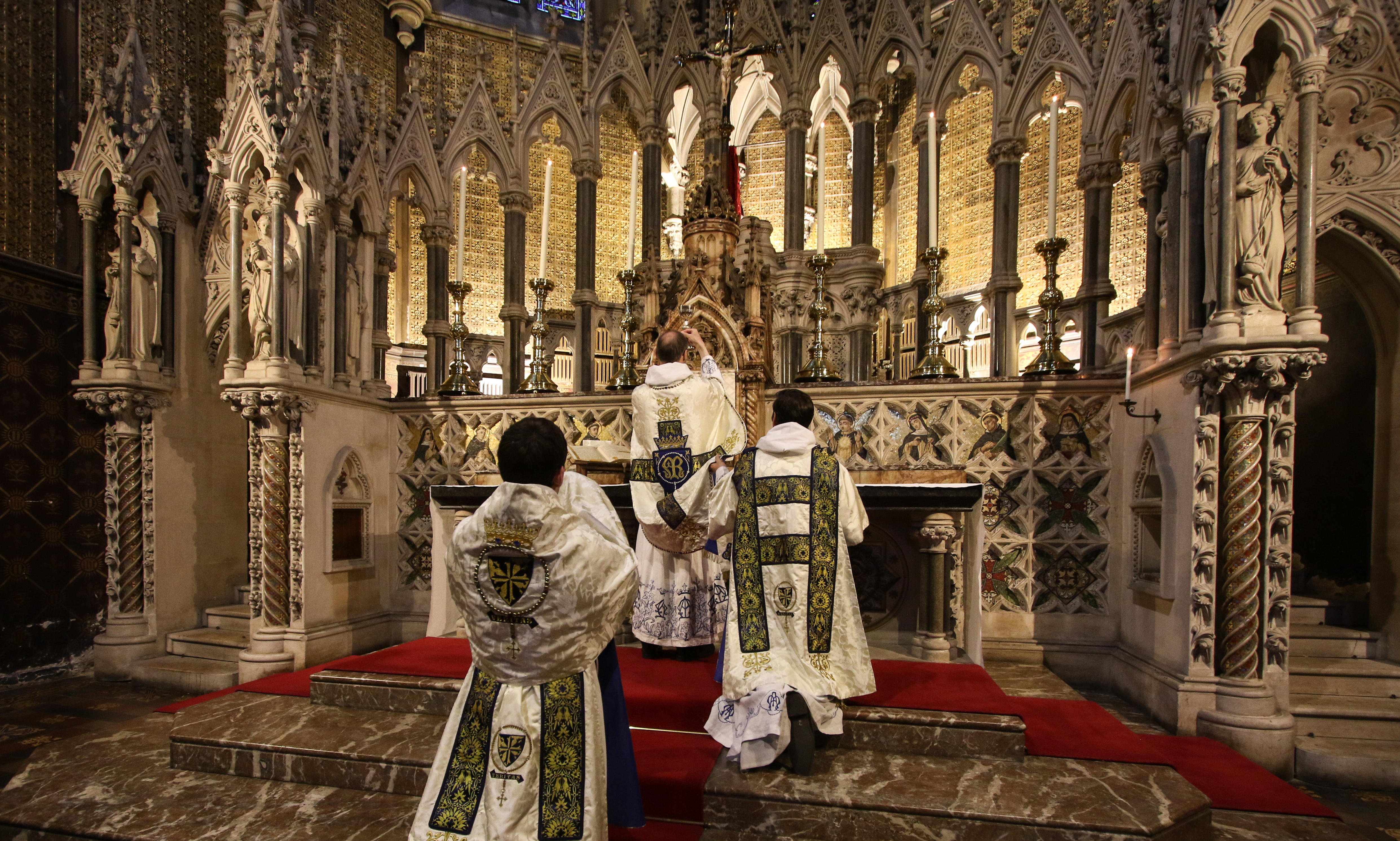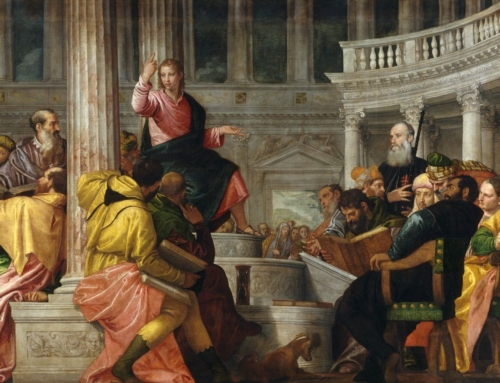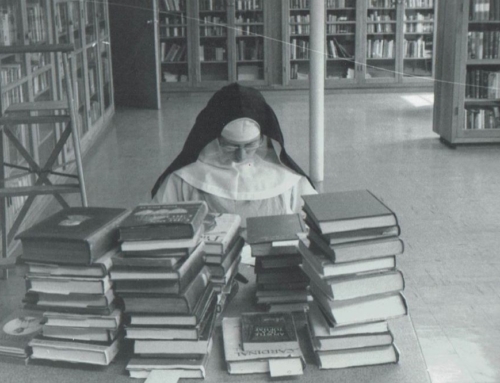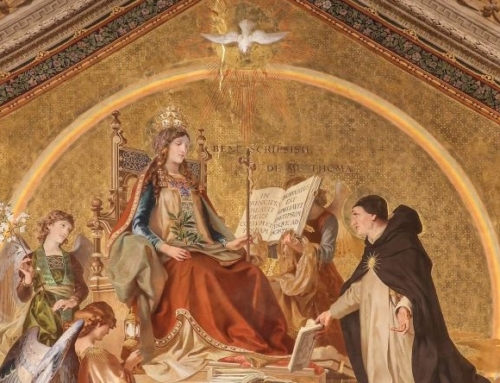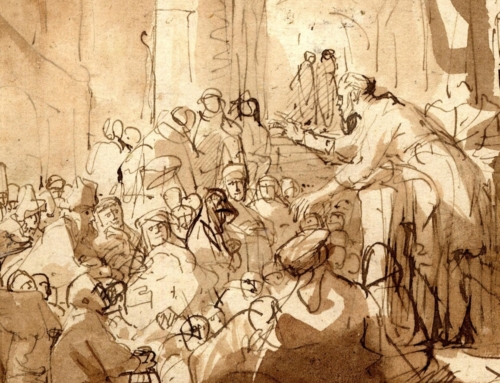2019 Summer Reading Recommendations:
The Spirit of the Liturgy by Joseph Cardinal Ratzinger
It would be easier if she had four arms, but alas, she has but two! Her towheaded boys were squirming and flailing all about the pew, not to mention the little baby girl who looked poised to pour forth her crying yet again. Poor mom! We know this scene will play out for her again next Sunday and for many Sundays thereafter. It is a wonder in its own right that she herself is able to participate in the Mass at all while so busy shepherding her own little flock!
It is not just moms and dads with young children who have a hard time fully participating in the Mass: it’s often all of us. Yet, where young parents have a really good excuse for this, our reasons are normally less satisfactory. Perhaps we are stuck in a rut, are dry, find ourselves often daydreaming, or are just plain bored at Mass. We want to go deeper into the Mass, we want to be set ablaze with love for Jesus—but how? Enter Pope Emeritus Benedict.
Back in the year 2000 when we knew him as Joseph Cardinal Ratzinger, he published The Spirit of the Liturgy, a work many consider his most important regarding the topic. This book is intellectually rigorous, yet it is very accessible to the non-theologian. In sum, this book seeks to take its reader on a journey, throughout which the oft-too-little-known riches of the Church’s liturgy are laid bare. As you follow Ratzinger’s lead, it is easy to begin to think you were previously only seeing the tip of the iceberg. Even the seemingly simple questions—What is liturgy? What is sacrifice? What does Sunday Mass have to do with the rest of my life? What’s up with the sitting-standing-kneeling thing?—yield answers that run deep as the seabed.
For example, one of the many major themes which runs through the book is the consideration of “sacred time.” As Ratzinger explains, “When the eternal Word assumed human existence at his Incarnation, he also assumed temporality. He drew time into the sphere of eternity. Christ is himself the bridge between time and eternity” (92). It is true that in the liturgy we commemorate Christ’s saving actions which he performed in the past, but to stop there would be to stop far short. Because God is eternal, Christ’s sacrifice on the cross is also something into which we now enter into in the present: in the Mass, the sacrifice of Calvary is indeed really present to us! Furthermore, the liturgy also always points us and urges us unto the future second coming of the Lord. Yet, in unpacking how the liturgy is at once imbued with the past, the present, and the future, do not think that Ratzinger’s reflections become overly-abstract or idealistic. His reflections are interwoven with concrete explanations of why Christians celebrate on Sundays, how they determine the dates of Easter and Christmas, and why they celebrate feast days.
Akin to going on a sort of liturgical retreat with the former pope, this book is best read as if it were a mini-retreat of its own. Read just a chapter at a time and then chew on it, drawing out its full meaning and implications. The next time you are at Mass, call to mind what you last read and apply your new deeper understanding to that very Mass. In this way, your reading will really translate directly into deeper prayer of the Mass, and this would surely not only bring a smile to our pope emeritus’ face, but also to our Lord’s, who wants us to plunge so deeply into his liturgy that we are thoroughly overcome by love for him and for neighbor.
✠
Photo by Fr. Lawrence Lew, O.P. (used with permission)

